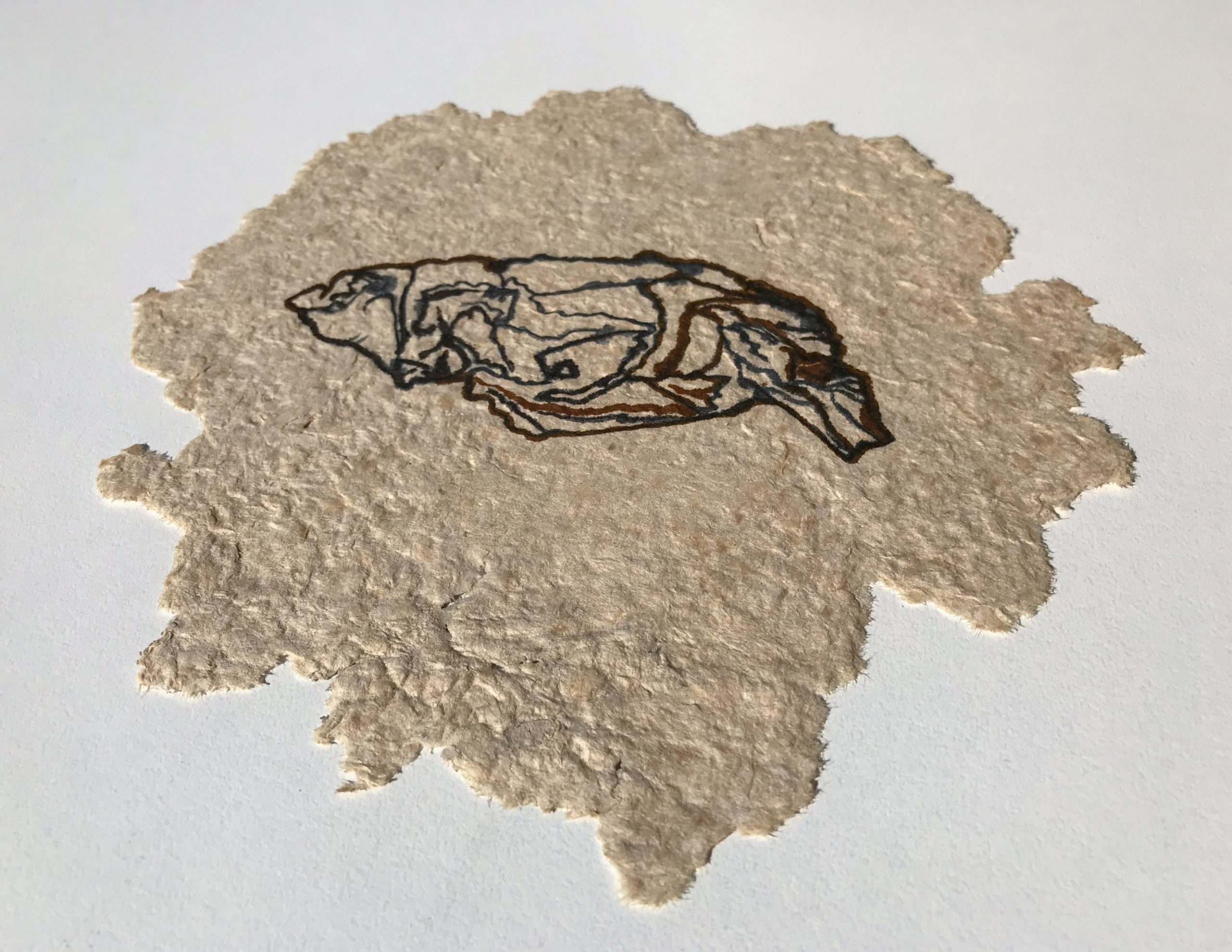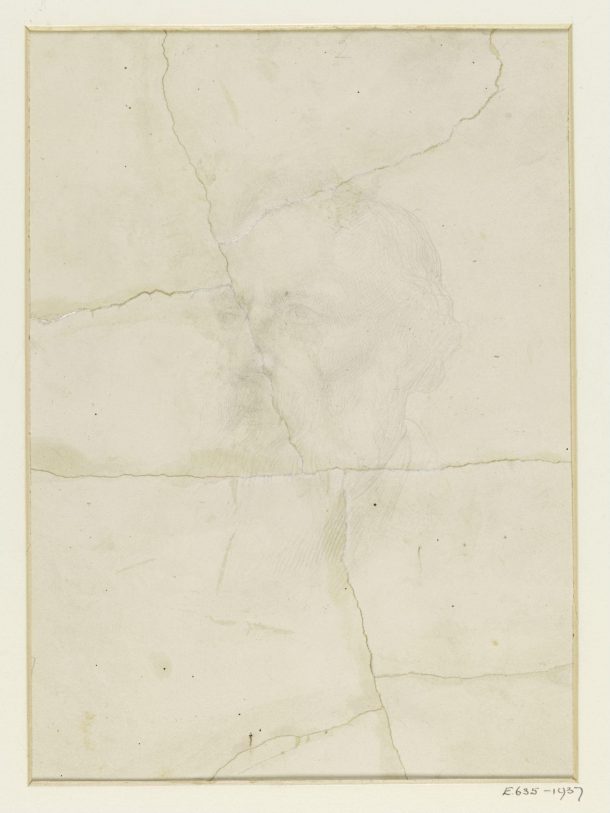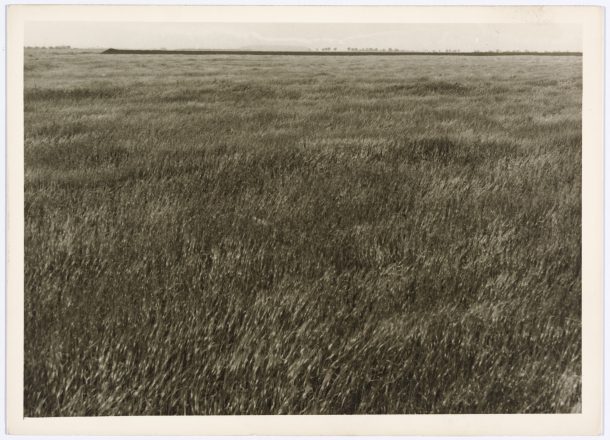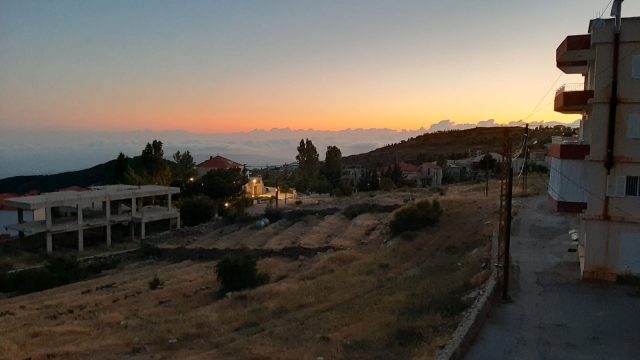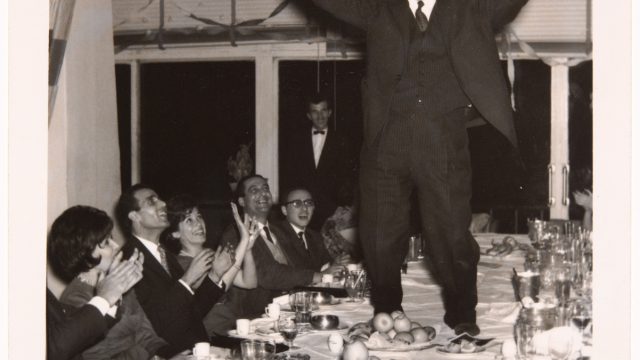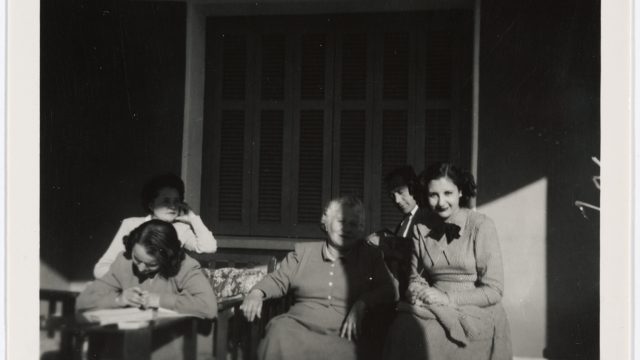The object that sparked the following text is a piece of paper Carla Salem found while walking by the sea on the Beirut corniche, not long after the explosion in Beirut’s port on 4 August 2020. Carla is an artist who makes and works with paper, and the text below evolved alongside her process of deconstructing and reforming the paper into a fresh, blank sheet. This new paper has become the basis for a drawing – a portrait of the original object, which no longer exists in that form. The torn paper has offered a starting point for Carla’s reflection on the layers of trauma and renewal that characterise Lebanon.
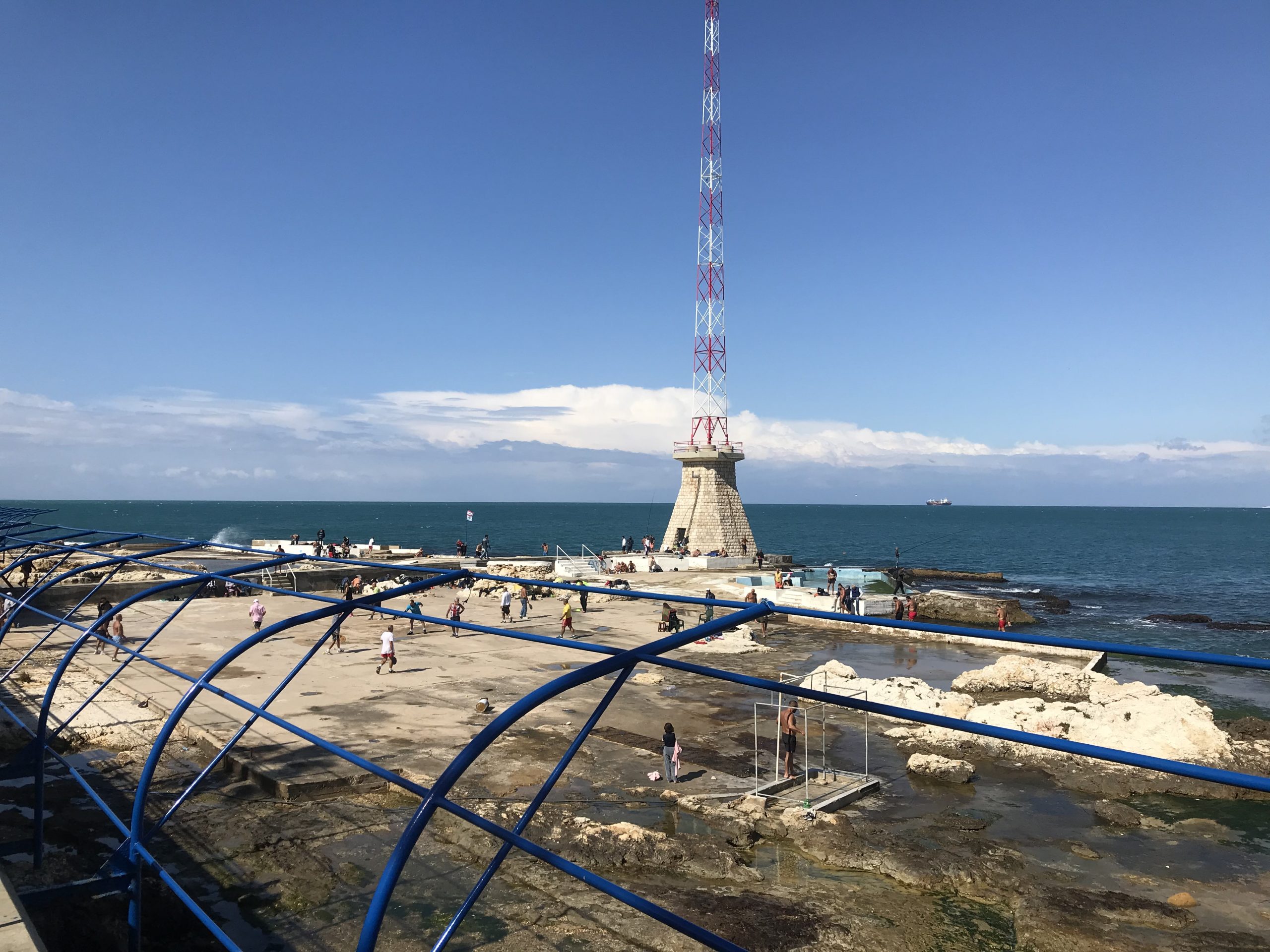
I have always thought of Beirut as a millefeuille. A delicate mass of historical layers. Below this city there are many other Beiruts. Anyone who tries to dig into it further can discover a new layer, or perhaps an old one, travelling forwards into the past.
To think that below this very spot where I stand there were many other cities that were speaking little bits and pieces of my mother tongue.
This layering of cultures and languages
makes me wonder what the new layer
on top
will be like, one day.

I found a piece of paper that is lost to the wind.
Out of all the lost paper in the world, this one flew in my direction.
A little paper can record a lot.
It breathes when the winds get rough, and slowly elevates itself to dance. It sails above those puddles. It scurries under that fast car and shuffles its way to those leaves. Right there next to that shy jasmine flower. Over there. Just look. It floats and hovers as the moon travels through the sky and lights its way into another dawn in Beirut. I decided to process its fibre by beating it to a pulp to create another sheet of paper
out of it.
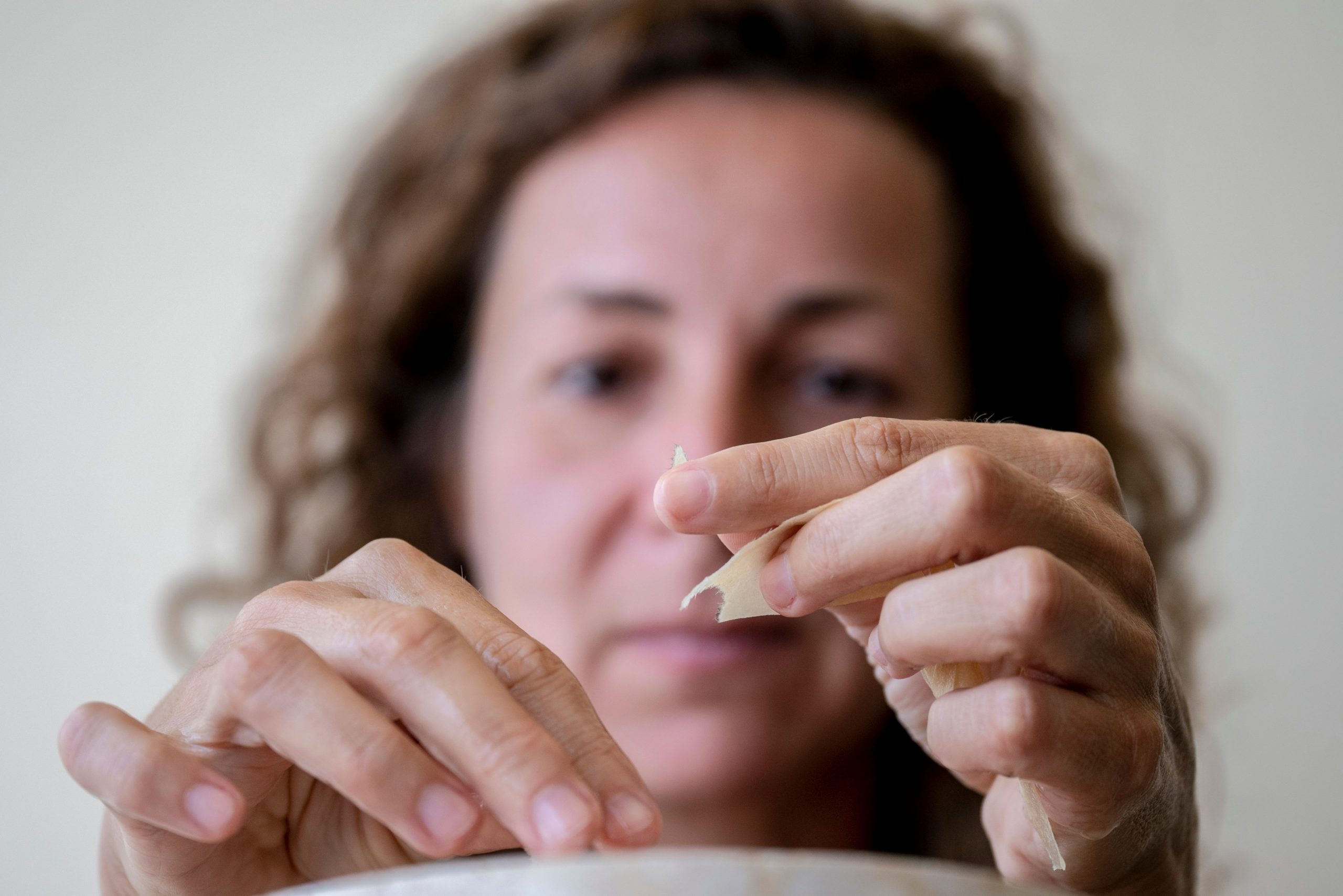
The explosion shouldn’t have happened in the first place. A lot of things shouldn′t have happened at all and yet they did. Since there’s no accountability there’s this blasé reaction to the actual wrongdoers. The culpable get away with it and we’re left with the tears: photographing a destroyed harbour, broken buildings and dead birds, a disoriented bride on a video loop.
Layers of corrupt politicians are discussed and defended and yet the situation is unchanging and the suffering is abundant. The past becomes a place for cultural debate. A place to discuss the roots of our problems and to make sense of what is happening now, as if any of it makes sense at this stage. Or actually at any stage. It has always been complicated and there are too many gaps.
All forms of activism are coupled with blind and adamant people who seem to comply, agree, find excuses for and even applaud whatever it is that they call a system here. We look at a shredded place as if it was an art installation. A surrealist piece of theatre that happens to be reality in Beirut.
After the explosion, papers full of tears seem to find their way to me. To fix, restore, conserve. Deckle edge paper is valued for its beautiful wavy border, delicate and translucent. Torn paper is violated, ripped, shredded and usually considered waste. I am asked to fix tears, and it makes me think of when a child is being told not to cry while crying, without being asked why they cry. I return the paper to its primary constituents, its raw fibre: tears rendered reversible.
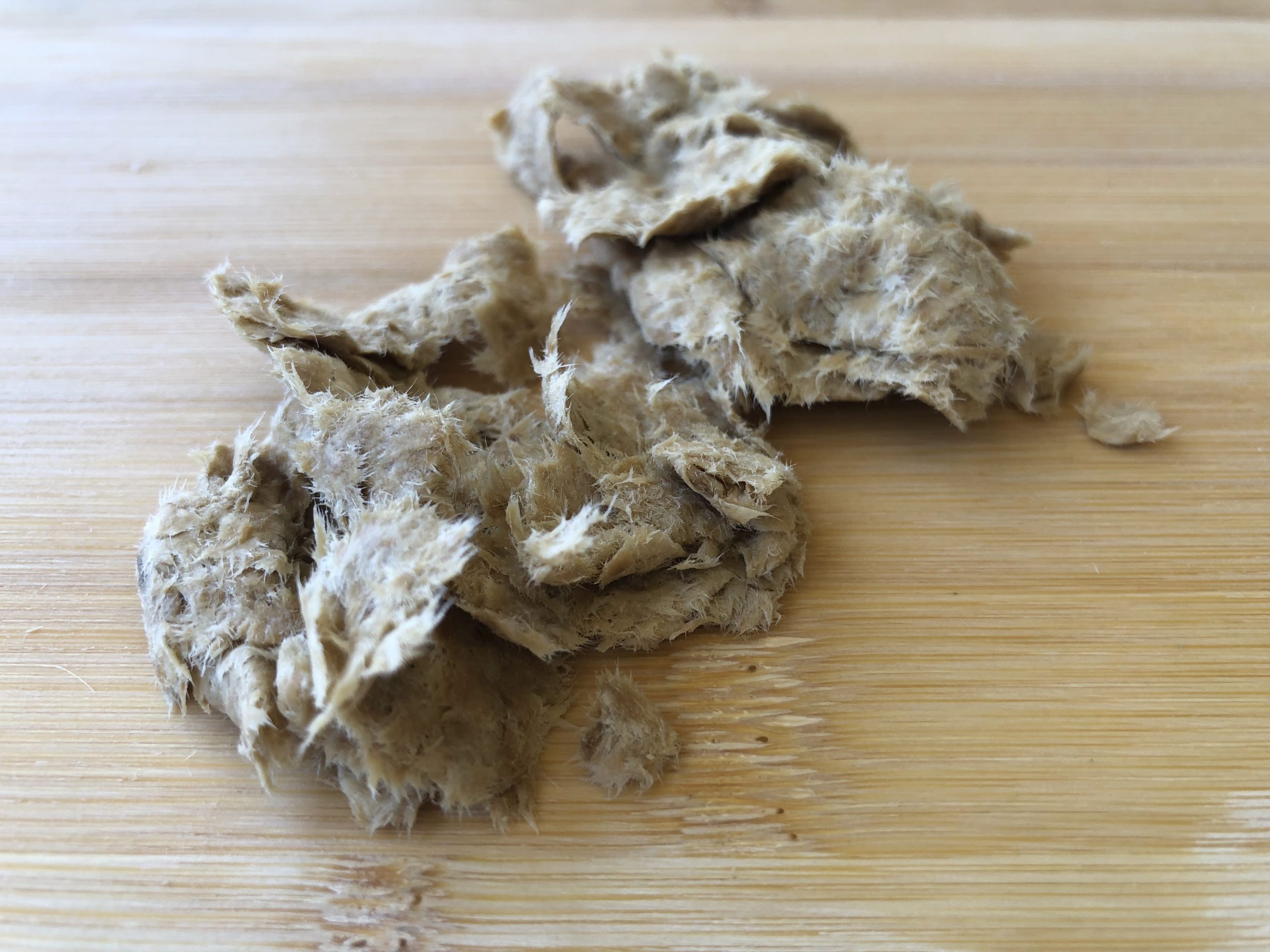
Waraqa
A single paper
Existing as a witness
Exposed and accepting of its fate.
Pausing
Embracing the land, while history is being etched onto its skin.
Ripping it, carving it, embossing and debossing its soiled surface.
Whispering down to all those papers that were there before. Marking its surface with all that has happened and all it has seen.
Revolutions.
Demonstrations.
Explosions.
Accidents.
Murders.
Crime
and
more
crime
crime
crime
crime
crime.
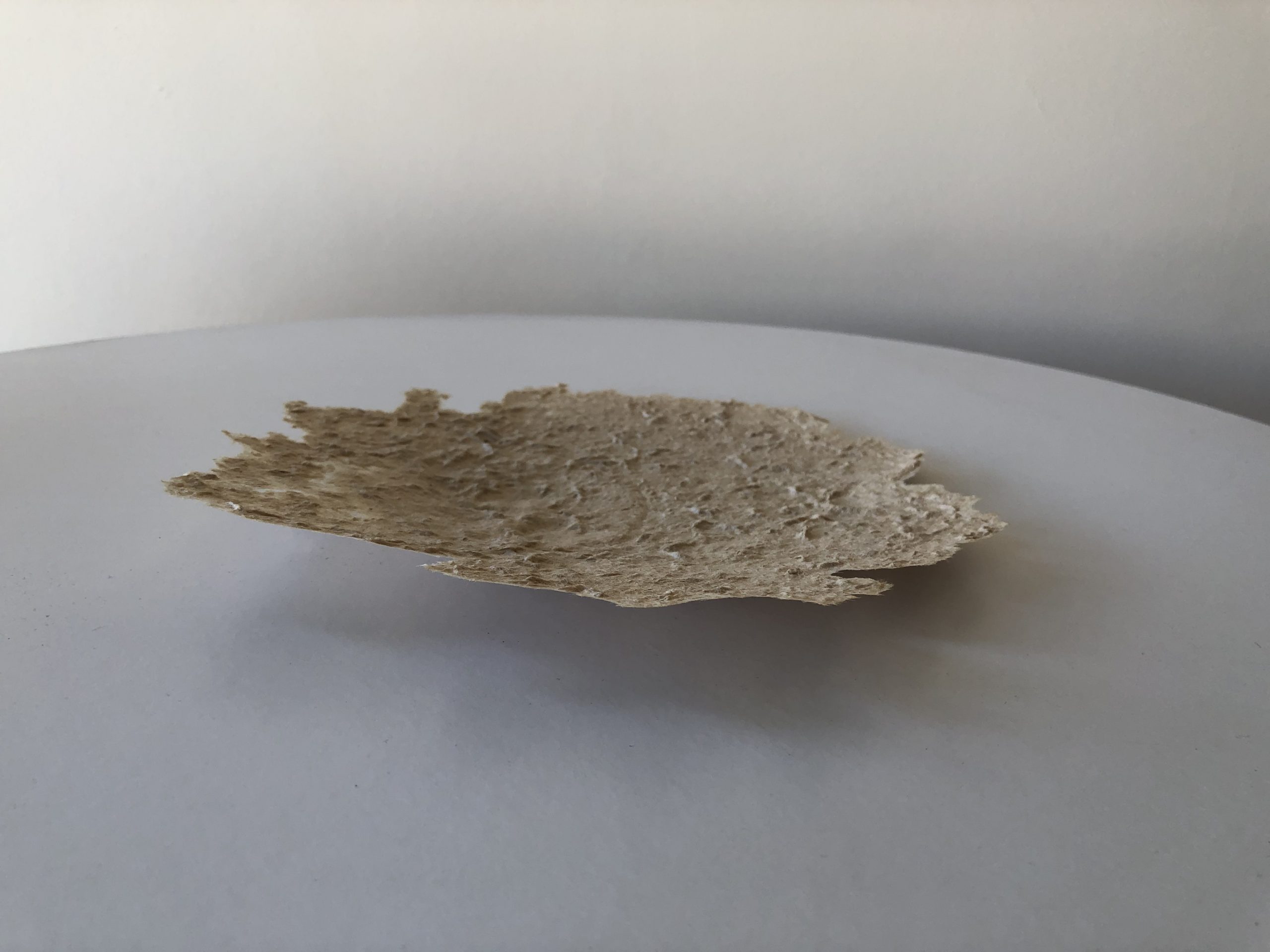
On the old, newly born surface I drew the paper I had found. Just as it was. It is an obvious commentary on how the local news is always replaying itself on a loop, and history is just the same old present. The violence in the process of beating the pulp channels our suffering; straining the water filters out those who are not part of Beirut′s old present anymore, those that went their own way after having seen what cannot be forgotten or undone. Those who ache silently from a distance.
Paper has memory. It is ripped away from the skin of a tree.
This piece of torn paper – think of it as consciousness – is dissolved and reconstituted, raised from the dead, endlessly renewed, and cycles eternal through the layers of what is both one of the sweetest places and the most bitter
of spaces
in between
craving bites
of millefeuille.
